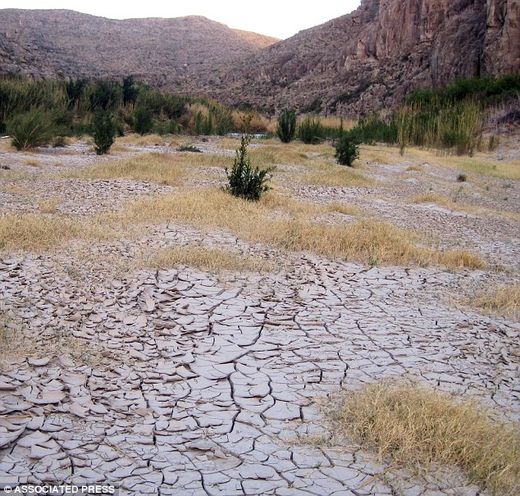
Bosque County was recognized as a primary natural disaster area, and Hill County farmers and ranchers are also eligible for assistance because of their proximity to the disaster area. With 213 counties declared primary disaster areas and the remaining 41 qualifying for assistance because they are contiguous, the entire state has been declared a disaster.
"Many producers have lost their crops due to the devastation caused by the drought and wildfires," said Agriculture Secretary Tom Vilsack. "President Obama and I want these farmers and ranchers to know that we will support them through the recovery process and help them once again become productive suppliers of food, fiber and fuel that keep America prospering. This designation will help provide that support."
The drought, wildfires and other natural disasters - which began Jan. 1, 2011, and continue - caused 30 percent or more loss of forage crops, pasture, corn, oats and wheat in the 213 counties.
All qualified farm operators in the designated areas are eligible for low interest emergency (EM) loans from USDA's Farm Service Agency (FSA), provided eligibility requirements are met.
Farmers have eight months from the date of the declaration to apply for loans to help cover part of their actual losses. FSA will consider each loan application on its own merits, taking into account the extent of losses, security available and repayment ability. FSA has a variety of programs, in addition to the EM loan program, to help eligible farmers recover from adversity.
USDA also has made other programs available to assist farmers and ranchers, including the Supplemental Revenue Assistance Program (SURE), which was approved as part of the Food, Conservation, and Energy Act of 2008; the Emergency Conservation Program; Federal Crop Insurance; and the Noninsured Crop Disaster Assistance Program.
Interested farmers may contact their local USDA Service Centers for further information on eligibility requirements and application procedures for these and other programs. Additional information is also available online here.



Reader Comments
to our Newsletter